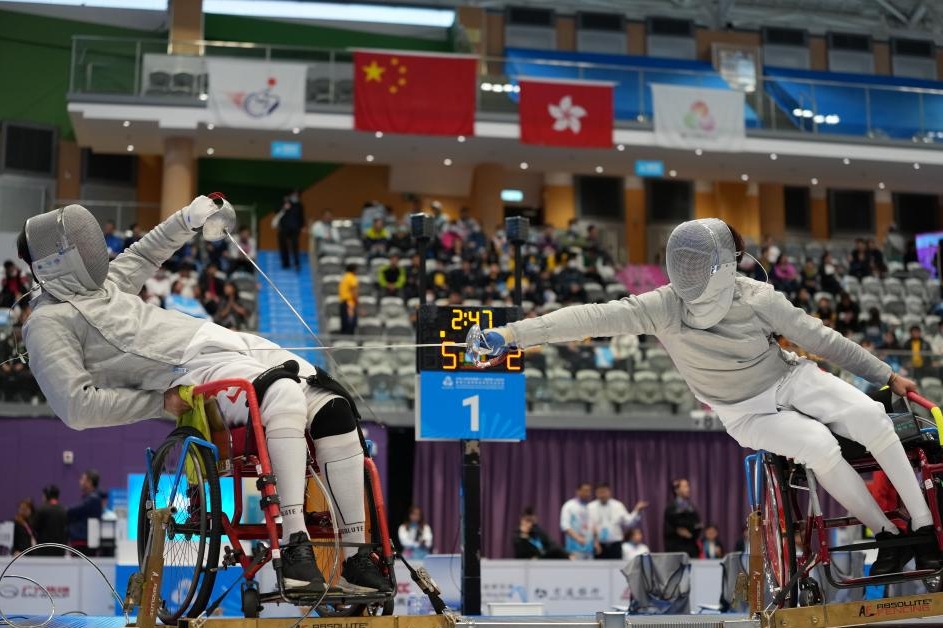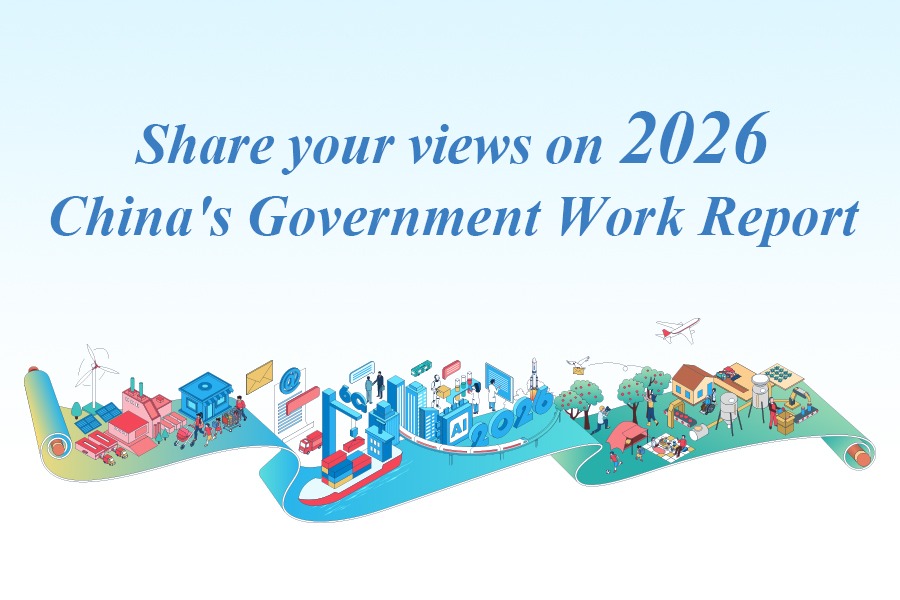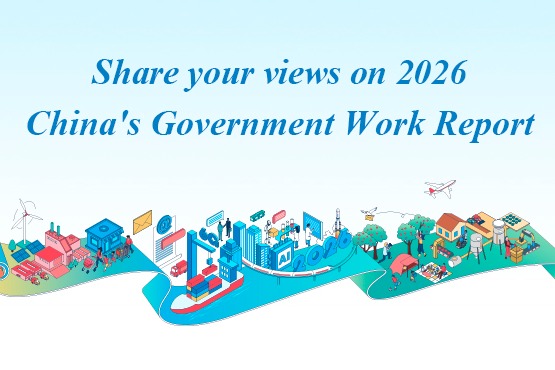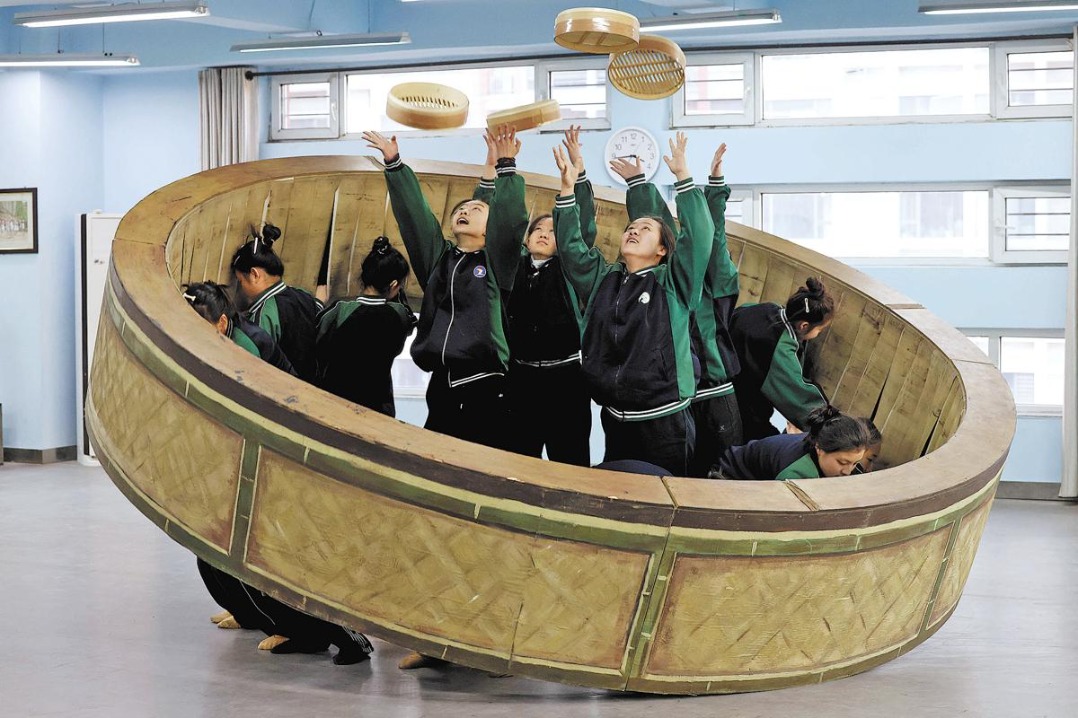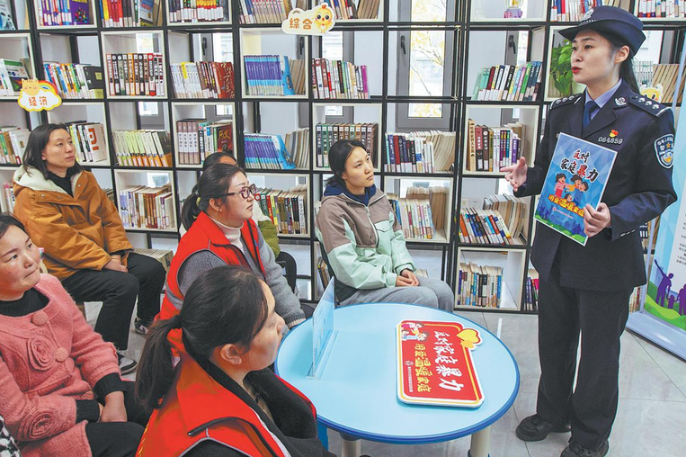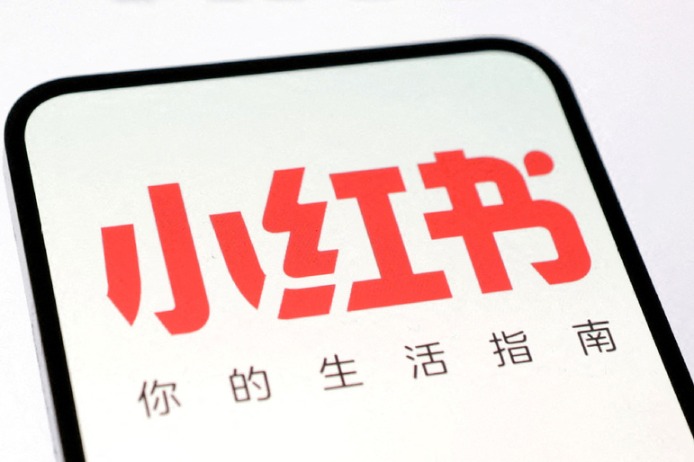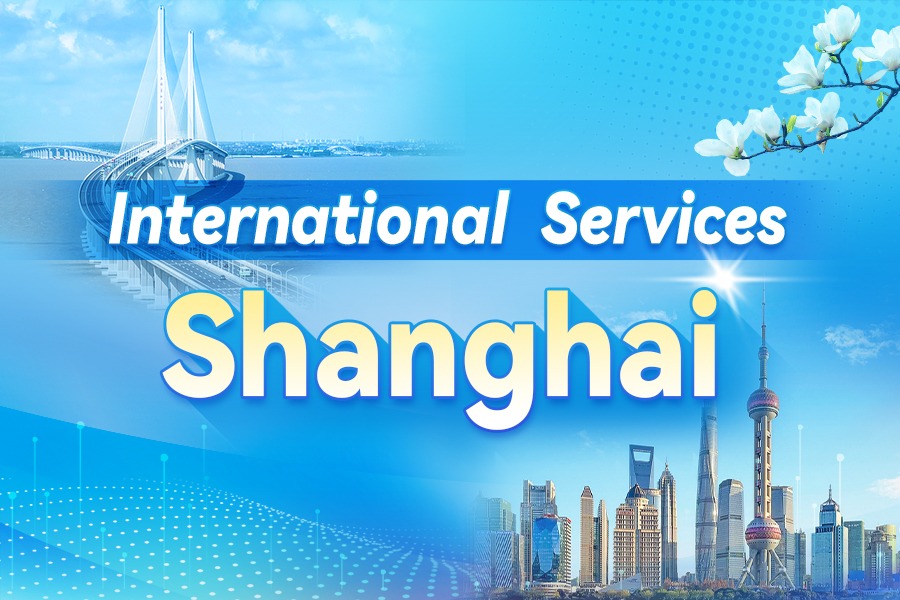“脱钩”改革 (tuōgōu gǎigé): Decoupling reform


Hot words: Decoupling reform
“脱钩”改革 (tuōgōu gǎigé)
Ten ministries and departments, including the National Development and Reform Commission, the country's top economic planner, and the Ministry of Civil Affairs, have jointly issued guidance on launching reform to decouple industrial associations from administrative departments.
Such decoupling was first advanced in July 2015 after the general plan of the reform was issued. In three pilot programs over the following three years, 422 national associations and 5,318 provincial industrial associations were decoupled from administrative organs, which account for more than 50 percent of the overall industrial associations.
According to the timetable for the reform, decoupling should be completed in an all-round way by the end of 2020.
According to the document, all the qualified industrial associations and chambers of commerce should be completely decoupled from the related administrative organs in terms of organization, function, personnel, finance and property.
After the completion of the reform, related authorities and organizations are required to explore a new type of relations between administrative organs and industrial associations.
Today's Top News
- IMF revises up China growth forecast for 2025 on policy support
- China looks to strengthen LAC relations with release of policy paper
- Group of Friends of Global Governance established
- China's CPI up 0.7% in November
- Governance of China an inspiring path
- Sharper focus on expanding demand seen

















